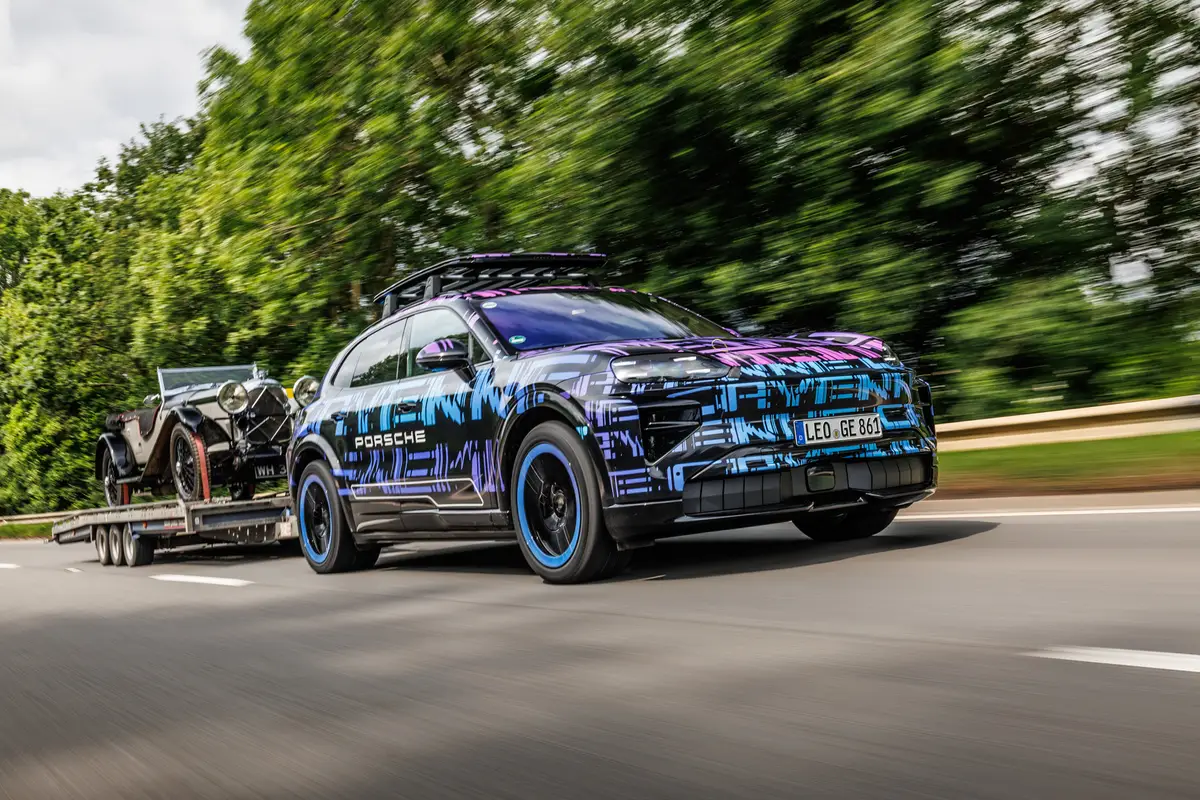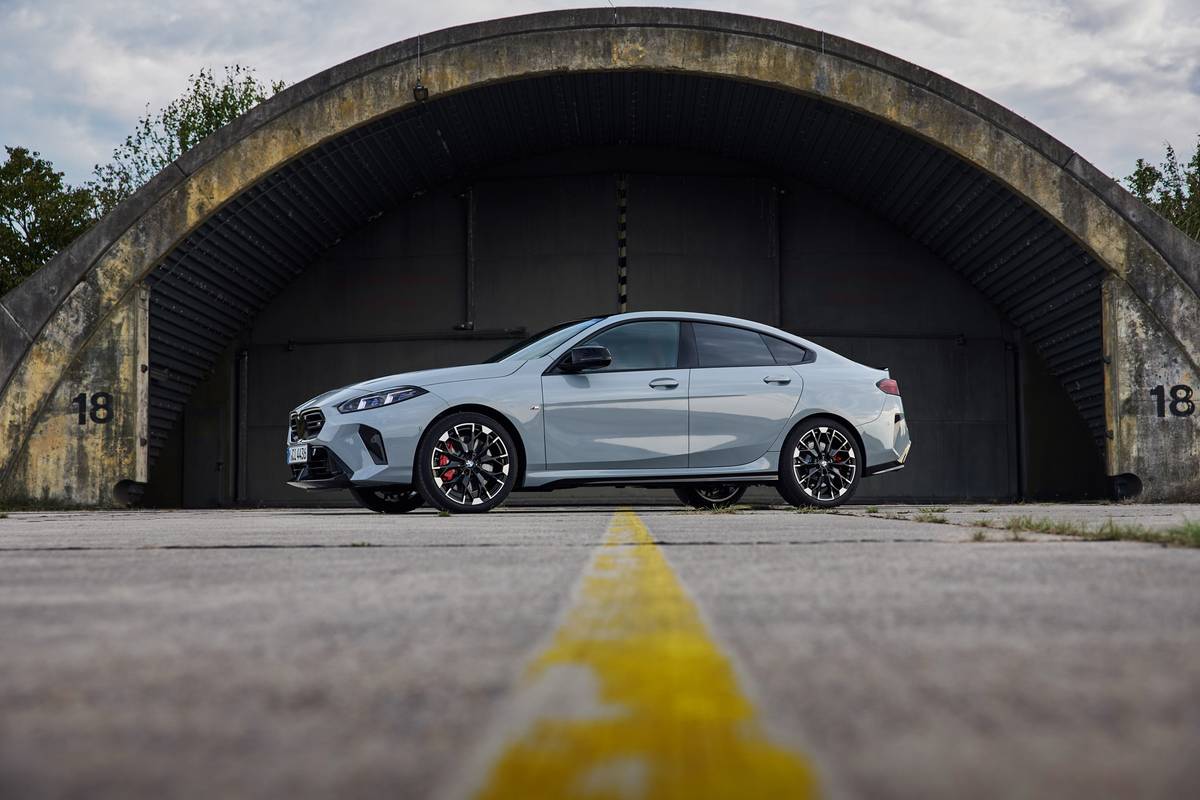chicagotribune.com's view
This is not your father`s Oldsmobile!
This is the Toyota Lexus, a car that signals the Japanese automaker`smove into the luxury market and its intention to compete with the high-ticket numbers from Detroit and Europe.
Toyota built a foundation and reputation in this country based on small,low-priced economy cars. It`s now entering the big leagues.
For about a year, domestic auto officials have dismissed the Lexus, which goes on sale this week, as serious competition for American luxury cars. Thethinking was that Lexus would kick the stuffing out of the high-pricedEuropean luxury cars, but the domestics would be immune.
European automakers better stock up on stuffing. And American automakersmust face reality, too. Buick, Olds, Cadillac, Lincoln and Chrysler betterreach for the beads, prayer rug or whatever else they rely on to enlist divineintervention, because Lexus is one heck of a car.
Lexus is offered in an ES250 four-door sedan version that seats five, ispowered by a V-6 engine and carries a base price of $21,050. The larger LS400 four-door sedan seats six, is powered by a V-8 and carries a $35,000 sticker. We test-drove the ES250, the so-called entry-level model, designed towhet the appetite of those who desire a $40,000 luxury machine but whoseincomes limit them to the $20,000 to $25,000 range.
Built on a 102.4-inch wheelbase and 183.1 inches long, the ES250 compares roughly in size with a compact Buick Skylark, which is built on a 103.4-inchwheelbase but is shorter at 180 inches long.
For a price leader, the ES250 has lots to offer, but styling isn`t one of its strong points. The sheet metal is plain and simple, with no eye-poppingtwists, curves or bulges. But like the Mazda 929 sedan, ES250 stands out when you turn the key.
In introducing its 1990 lineup, Mazda made a big to-do about kanseiengineering, a Japanese term that refers to factoring human feeling andemotion into car design and engineering. In its simplest terms, kansei meansthe vehicle caters to all the senses. Just getting behind the wheel perks upthe spirits.
The ES250 we drove is such a car, a combination luxury and performancevehicle wrapped up in a single four-door sedan, a machine you want to get intoand drive. It`s the type of vehicle you want to have waiting for you after along day at work or when faced with a lengthy trip.
The car is powered by an electronically fuel-injected, 2.5-liter, 24-valve V-6 that develops 156 horsepower and is teamed with a smooth-shiftingand quiet five-speed manual as standard, with a four-speed automatic optional.The test car came with a five-speed.
Whether moving from the light, stepping around others or buildingmomentum for the expressway merge, the 2.5 quickly propels the 3,100-poundES250. No hesitation, no lag time, no waiting in line.
Toyota claims a 9.2-second 0-to-60 m.p.h. time and top speed of 130. The2.5 is rated at 19 m.p.g. city and 26 highway in fuel economy.
The fully independent suspension is a cut above the ordinary. The rearsuspension is mounted on a separate subframe to reduce friction and noise.Front and rear stabilizer bars mean you corner or turn hard without body lean or roll. It has excellent road manners complimented by speed-sensitive powersteering, and is nimble yet sure-footed.
And the bucket seats have just the right firmness, just the right sidebolster support to hold you in place in the sharpest corners or turns. Youneed to keep telling yourself you`re in a four-door sedan and not a two-doorsport coupe. It`s the kansei influence.
Complimenting the package are four-wheel disc brakes with the antilockfeature, or ABS, as standard. For the safety conscious, a driver`s side airbag is standard.
Standard equipment includes cruise control, power windows/door locks, air conditioning, AM-FM stereo and cassette with six speakers and fold-down rears eat backs to increase cargo capacity. Standard tires are a 15-inch steel/nylon cord radial blend. All-season tires are a no-cost option.
While Toyota took stock in the kansei approach, it needs to have theengineers come to their senses in eliminating a few annoyances, such as:
– There`s no tilt feature for the steering wheel. Toyota says that`sbecause the wheel houses an air bag. The LS400 houses an air bag, too, but it offers tilt. And tilt is needed, because the steering wheel sits low andeither demands tilt or power seats to allow enough room between the wheel and driver thighs. Power seats run $250, and even when put in the lowest setting, entry and exit are hampered by the lack of thigh room.
– How can Toyota offer such high-ticket items as ABS, air bags and airconditioning as standard, then scrimp by going with a heavy, prop-held hoodrather than the more manageable spring job.
– Rear seat backs fold down to allow more cargo space, but they don`tfold flat, and items placed there will require a balancing act.
– The back seat offers good arm and head room but could use a shade moreleg room. A redesign of those seats, with more of a rearward slant on thebacks, would allow more stretching room for the legs.
One outfit watching the reception for Lexus closely is Honda`s Acuraluxury division. The Acura Integra competes directly with the Lexus ES250.Integra is shorter, with a 100.4-inch wheelbase and a length of 172.9 inches. Having recently driven the `90 Integra (Cartalk, July 16), it easily gets the nod for styling appeal, and its 24/28 m.p.g. city/highway mileage ratinggives it another edge over the ES250. In price, the top-of-the-line Integra GSsedan, with ABS and automatic transmission as standard, starts at $16,675, or $4,385 below the ES250.
Where the ES250 stands out is in room, comfort (Integra back seatdoesn`t hold adults and front seat fits like a corset), performance (Integra`s1.8-liter, 16-valve generates 130 horsepower to the ES250`s peppier 156horsepower) ride and handling and that intangible kansei, in which you can`twait to get behind the wheel. Is that worth $4,385? You be the judge.
Latest news



